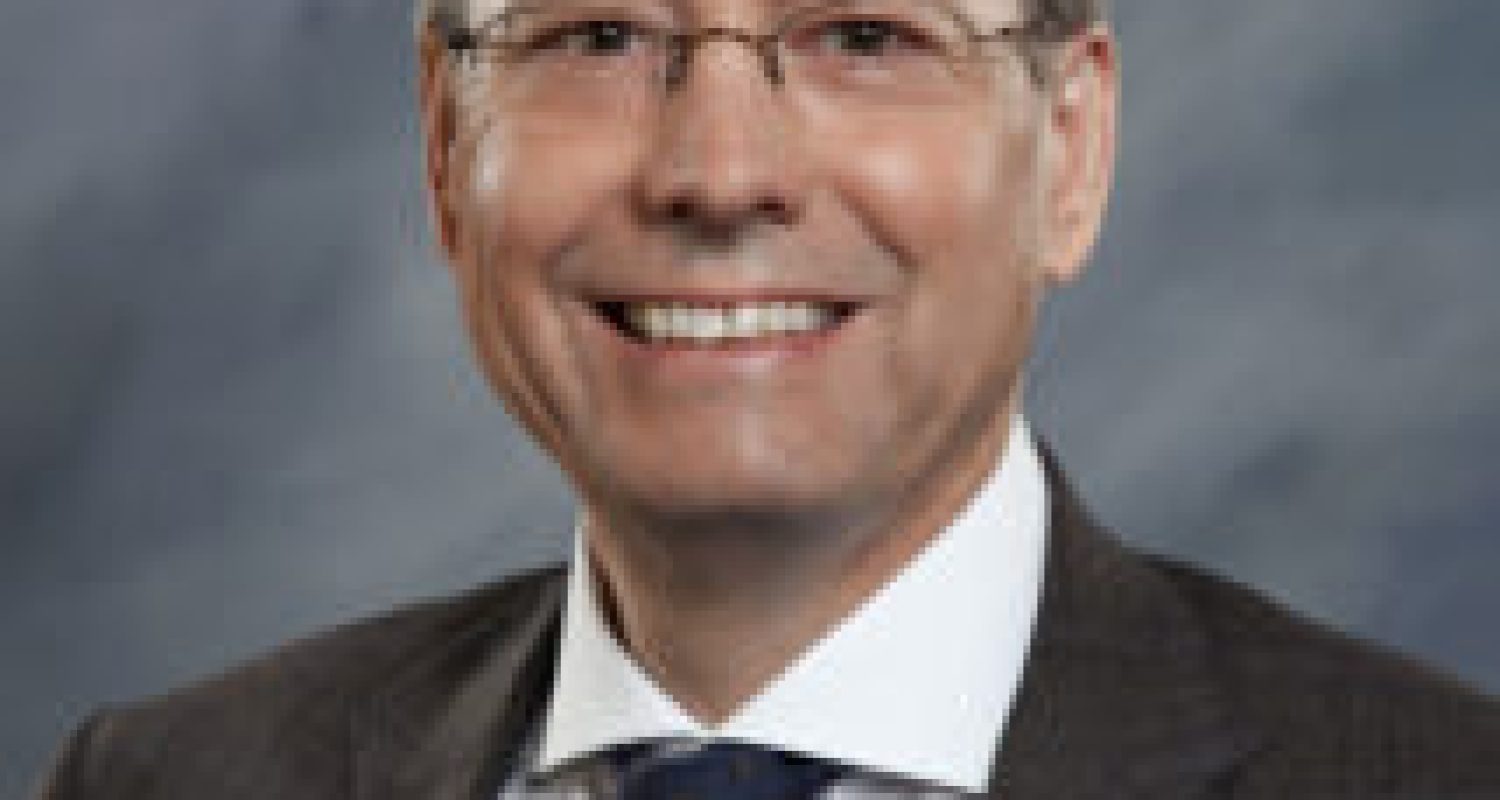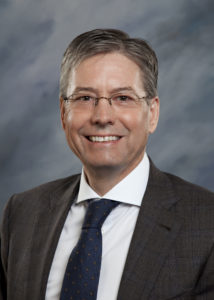DEPARTMENT REPORT: Neurosurgery


By Warren W. Boling, MD, Chair, Department of Neurosurgery, LLUSM
The department of neurosurgery has undergone a remarkable transformation over the past five years, growing from a humble neurosurgery faculty of four to 15 current neurosurgeons, plus several active faculty recruitments. Nine advanced practice professionals, five neurosurgery residents, and several fellows support our clinical operations. We serve the region with outpatient clinics and clinical operations throughout the Inland Empire, allowing for exceptional access to neurosurgical subspecialty care. The neurosurgery clinical program has breadth and expertise unsurpassed in the Inland Empire, encompassing four main areas of clinical operation: functional/oncology, spine surgery, neurovascular surgery, and pediatric neurosurgery. In addition, we have separate divisions of neurosurgery based in Riverside and in Rancho Mirage.
The department serves the community with several active patient support and advocacy groups, including the pediatric brain and spine tumor support group, the stroke/aneurysm support group, and the total spine health support group. Department faculty lead the only ThinkFirst and ThinkFirst Baby chapters in the Inland Empire to educate the community in head injury prevention. We also have plans in place to launch a comprehensive multidisciplinary brain tumor program in collaboration with the Loma Linda University Health (LLUH) Cancer Center this summer. Additionally, we run a spine surgery center in partnership with the department of orthopedics.
The department of neurosurgery includes four world-class research laboratories which carry out cutting-edge neuroscience research seeking to address challenging neurological conditions. John H. Zhang, MD, PhD, runs a neuroscience research laboratory focusing on cerebral vascular diseases. It is equipped for animal surgery, molecular biology, morphology, physiology, and neurological functional studies. Dr. Zhang’s lab has had more than 13 National Institutes of Health (NIH) grants and Department of Defense grants with over $26 million of funding in the past 15 years. His lab typically publishes over 50 peer-reviewed papers each year.
Wolff M. Kirsch, MD, serves as professor and director for the Neurosurgery Center for Research Training and Education. His lab focuses on investigating treatment of Alzheimer’s disease (AD), device development, and novel uses of chitosan for treatment of various diseases and nanoparticle-based drug delivery. Dr. Kirsch’s lab is also defining the role of iron metabolism aberrations in the pathogenesis of AD. His lab is NIH supported for microparticle therapy for cerebral amyloid angiopathy. Dr. Kirsch also has a Small Business Innovation Research grant from the NIH.
Konrad Talbot, PhD, studies the causes of dementia in his lab. Specifically, he investigates brain insulin resistance—a common and profound feature of AD and closely associated with accelerated cognitive decline. An increasing body of evidence suggests that brain insulin resistance is a core abnormality in AD, the alleviation of which may slow disease progression by exerting potent therapeutic effects on a broad spectrum of AD pathologies and cognitive deficits. Dr. Talbot’s lab is funded with $2.4 million in NIH Research Project Grants.
Helen Huang, MD, studies stroke due to cardiogenic causes and hypoxia. Her funded research focuses on brain response and treatments for cardiogenic shock and hypoxic brain injury. Additionally, Dr. Huang is the department’s director of research. In this role she guides and mentors our residents in research and academics.
The rapid growth of our department has necessitated expanding our main outpatient facility on the LLUH campus to a 7,600 square foot space in the Faculty Medical Clinic on Anderson Street, across from the Medical Center. The renovations are expected to take about six months, and our entire team is excited to make use of the new premier clinical space.
Dr. Boling has chaired the department of neurosurgery since 2016. He attended medical school at Texas Tech University and completed his neurosurgery residency at University of Kentucky College of Medicine.
DEPARTMENT AT A GLANCE
LOCATIONS: Our main sites are Loma Linda University Medical Center (LLUMC) and Children’s Hospital. We also have busy practices at Riverside Community Hospital, LLUMC–Murrieta, and Desert Regional Medical Center. We see patients in Loma Linda, Riverside, Rancho Mirage, Moreno Valley, Murrieta, Hesperia, and Banning/Beaumont.
VISITS: In 2021, our department was responsible for approximately 11,000 outpatient visits and our providers performed around 1,900 procedures.
PROVIDERS: Currently, the neurosurgery department consists of 15 neurosurgeons, nine advanced practice professionals, and four research faculty. Additionally, we offer ACGME-accredited residency (seven residents per year) and fellowship (two fellows per year) programs.
RESEARCH: The department of neurosurgery’s research is currently focused on ischemic and hemorrhagic stroke, global cerebral ischemia, neonatal hypoxia, and neurological complications of surgery and anesthesia.
ALUMNI FACULTY MEMBERS (As of spring 2022): Justin Dye ’07 and Clifford C. Douglas ’89.
ALUMNI RESIDENTS (As of spring 2022): Vadim V. Gospodarev ’18 and Andrew Song ’18.

